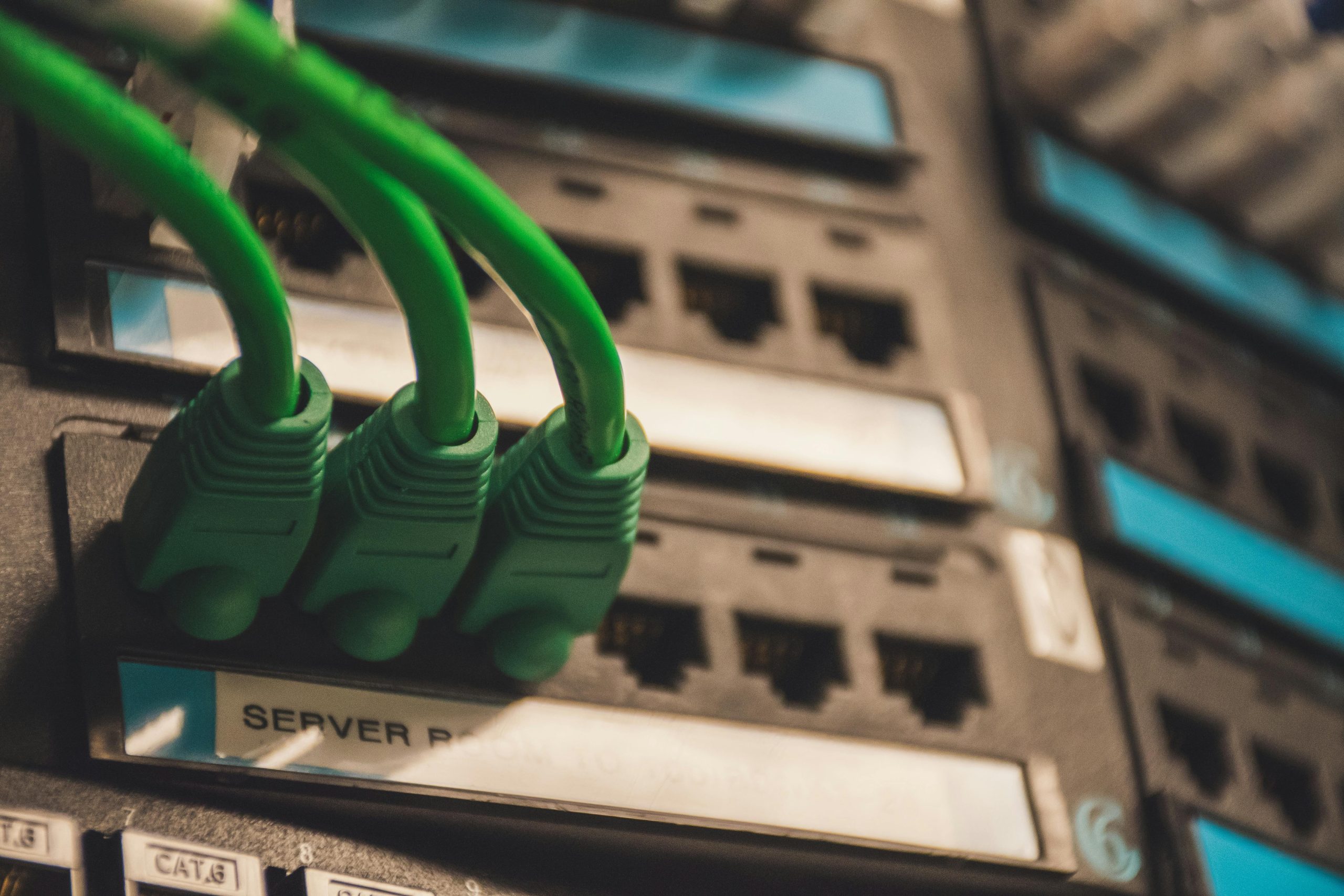Understanding the Security Concerns of Swapping SSDs in Corporate Laptops
A few years ago, I was given a Dell laptop by a friend who no longer needed it. Recently, I discovered that the device was actually from a former employer — it was issued to my friend during his time at the company, which, apparently, didn’t require it back after his departure. I initially believed the laptop was personal, but now I realize it was a corporate asset.
When I first received the device, my only modification was replacing the original 256 GB NVMe SSD with a new 2 TB drive. I have not utilized or accessed the data on the old SSD and have simply stored it away. Since then, I’ve been pondering potential security implications related to this swap.
Potential Security Features in Corporate Laptops
Many enterprise-grade laptops come equipped with security features designed to maintain corporate control and protect sensitive data. Some common security mechanisms include:
- Pre-installed Monitoring Software: Enterprise laptops may have remote management agents or tracking software that enables IT administrators to monitor device activity or perform remote diagnostics.
- Chassis Intrusion Detection: Hardware sensors can detect when the case is opened, reporting such events back to management. This, however, is typically tied to the original hardware sensors.
- BIOS/UEFI Security Settings: Corporate devices often have locked BIOS/UEFI settings, including secure boot options and firmware passwords, to prevent unauthorized modifications.
- Remote Management Utilities: Technologies like Intel Active Management Technology (AMT) or HP’s Workspace Management can allow remote access, device management, or even remote installation of software.
Does Swapping the SSD Erase or Bypass These Protections?
Swapping the SSD alone generally does not automatically remove or bypass embedded security measures. However, the effectiveness and persistence of such mechanisms vary:
- BIOS-Related Protections: BIOS or firmware-level security settings can remain intact regardless of drive changes. If the BIOS was configured with passwords or security features, those remain active unless explicitly reset or bypassed.
- Remote Management Agents: These are often installed at the firmware level or with specific configurations. Changing the storage device typically does not disable or uninstall such agents unless the device is factory reset or the security firmware is reconfigured.
- Chassis Intrusion Detection: These sensors monitor physical access to the device’s internals. Replacing the SSD doesn’t affect their detection capabilities unless the chassis or detection system is reset or disabled.
**Could
Share this content:

